Ahead of the Academy Awards, we’re reviewing every short film in each category: Animation, Documentary, and Live Action. Follow here this week. Below are the Best Documentary Short nominees:
Death by Numbers | USA | 33 minutes
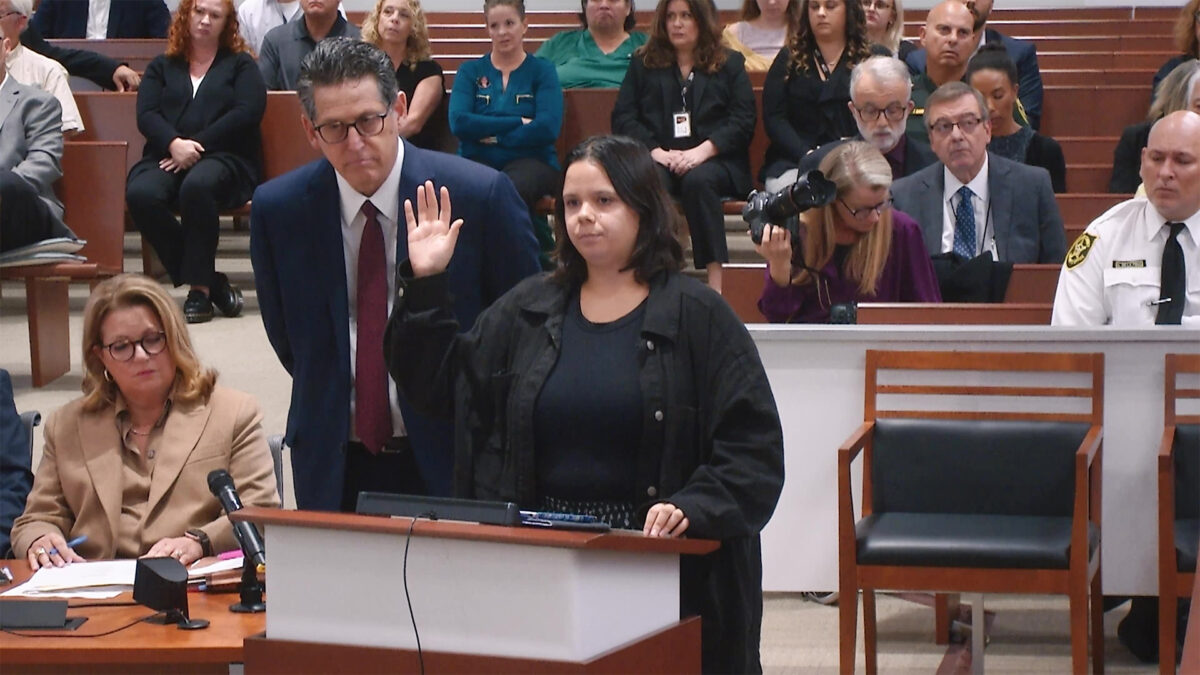
Four years. That’s how long the survivors and families of the fallen had to wait for justice after the Marjory Stoneman Douglas Shooting in Parkland, FL. Four years knowing that the murderer still took breath. Four years for three other students to commit suicide as a result of what occurred. Four years of not being able to shake the memories. It’s no wonder Sam Fuentes’ true desire isn’t included in the choice between her assailant getting the death penalty or life in prison without the chance of parole. Her wish isn’t possible because she cannot get those four years back by ensuring he would have died at the scene instead.
Taken from Sam’s diaries and experiences, Kim A. Snyder’s Death by Numbers walks us through the trial by jury that will ultimately make the decision for her. It’s about reclaiming her voice since, as she relays, her life will be permanently mired in PTSD, depression, and suicidal ideation. That’s the future this school-shooter forced upon her; now it’s her turn to guarantee he never forgets it. Sam not only testifies for the jury but also agrees to testify directly to him after sentencing. She’s taking back the power his AR-15 gave him to make certain his hate-fueled rhetoric can’t mask the human cost of his actions.
It’s an impactful film with an inspirational narrator possessed by the courage to pivot her nightmares into memorial. Sam is fighting so that thinking about this tragedy puts the faces of its victims into her consciousness rather than a mass murderer. Because he doesn’t deserve the coverage or the celebrity and they don’t deserve to become a statistic. He is the statistic––the irony of so many incidents in America turning his bid for notoriety into just another day on the front-lines of an avoidable adolescent danger. They are the heroes telling their truth in the hopes it might change things. This is Sam’s journey towards realizing she isn’t afraid of him anymore.
B+
I Am Ready, Warden | USA | 37 minutes
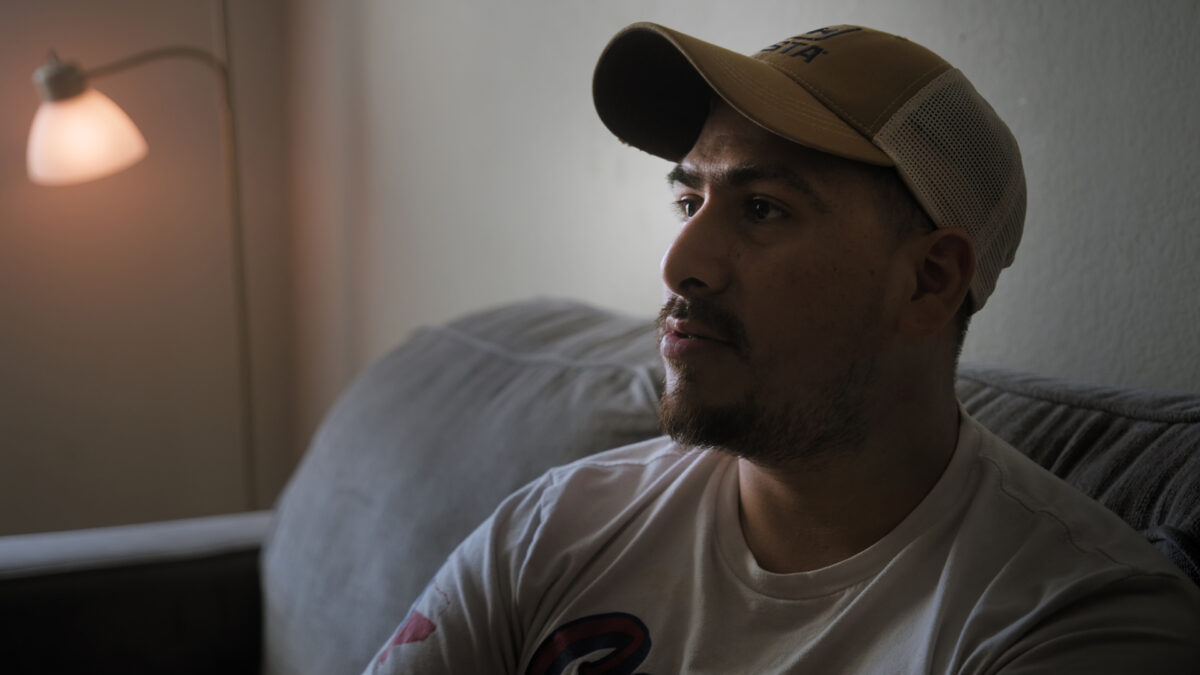
Films like Smriti Mundhra’s I Am Ready, Warden are tough because everyone has an opinion on justice and the death penalty that can easily turn these stories preachy and exploitative. One side wants eye-for-an-eye vengeance––as Aaron Castro says, “If you take a life, your life is put on the line.” The other wants the possibility for redemption––John Henry Ramirez sought to be a better man during his 14 years on death row. When you can’t have it both ways, a choice is generally made for no reason other than narrative clarity, the film becoming solely about its messenger.
It’s thus laudable that Mundhra’s piece escapes such a trap. It helps having access to both sides so she can balance the scale without injecting her own stance––by giving both Aaron and John Henry the platform to advocate for their position, she’s able to simply share their stories and let the chips fall where they must. Add the new Attorney General petitioning for cancellation and the knowledge that Ramirez had a son while on the run in Mexico, and there’s plenty of real estate to gather their opinions and reconcile their respective truths.
Give all involved credit for owning their flaws in the sense that what they want might not inevitably provide what they need. In the end, neither man has a say––it makes sense both ultimately accept the other’s path regardless of the outcome. Ramirez refuses to hide behind excuses while admitting, horrible or not, that the murder made him a better man. Aaron doesn’t hide behind his empathy to blindly forgive while also accepting that remorse, but that doesn’t mean another dead body won’t still impact his soul. It’s an impossible situation told with the nuance necessary for conversation without any blatant external moralizing.
B
Incident | USA | 30 minutes
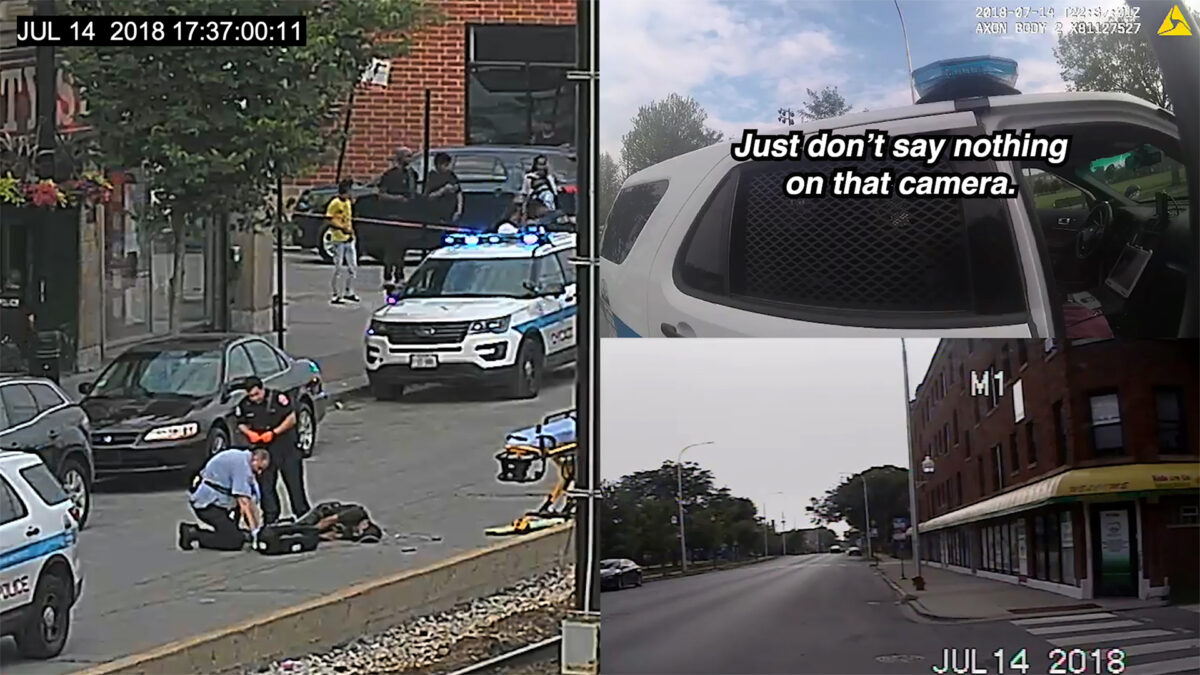
While the footage and sound making up the entirety of Bill Morrison’s Incident is sourced uncensored from body cams and surveillance cameras, context is provided by superimposed text throughout. It’s there that we learn why five police officers needed to be standing around an otherwise quiet storefront (the owners requested increased presence while the city of Chicago awaited the trial of another cop who killed a Black man four years prior). Those captions also explain which on-scene officers were still first-years (the shooter) and which weren’t (his partner). And it’s how we learn the victim was legally carrying a firearm under his shirt.
The rest speaks for itself. The abuse of power. The murder. The emotional spiral attempting to will facts into existence despite all evidence to the contrary. The “protect our own” mentality of cops who weren’t there assuring the cops who were that they had no choice but violence. The suggestion that everyone stop speaking until after they are told they can shut their body cams off. The justifiable vitriol of bystanders enduring yet another cop killing while all signs point to a cover-up, since the police’s fear of their community allows them to run without the threat of seeming guilty––unlike the innocent man who feared them.
I don’t need to spoil the conclusion. Even with so many officers (including the shooter) continuing to incriminate themselves on film while their superiors tell them to turn their cameras off, the result is inevitable. Because a police state rife with surveillance isn’t interested in its people’s safety. It seeks its own security. What should have put these officers in jail presumably helped exonerate them instead. Not because it corroborated their account, but because “having nothing to hide” does in the court of opinion. Morrison can synchronize it together now for the objective truth, but only after the police used 60 days to cherry-pick a subjective one fitting their narrative. Facts can lie.
A-
Instruments of a Beating Heart | Japan | 23 minutes
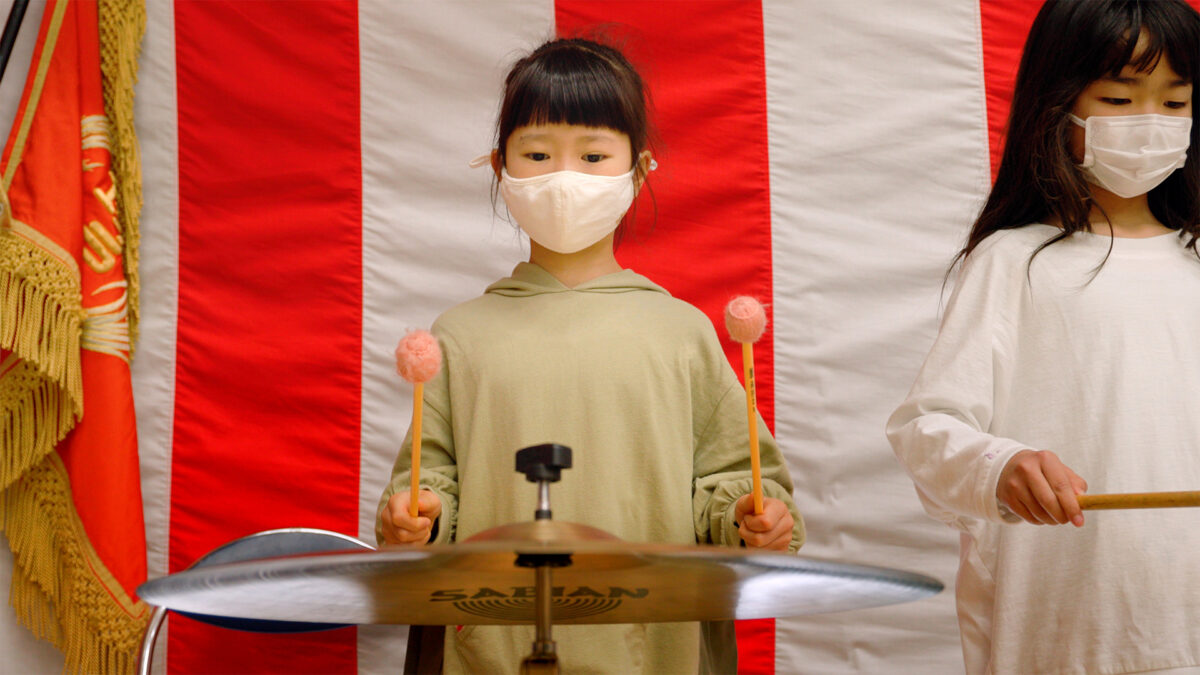
Wow. Ema Ryan Yamazaki’s Instruments of a Beating Heart moves from extremely wholesome to child abuse fast. I’m only partially joking. Yes, the director’s statement speaks about how very Japanese this experience is and how tough love and extreme responsibility at age six is key to helping the nation’s communities run efficiently once they’ve grown older, but the music teacher’s “strictness” of calling out a first-grader in front of the entire class, making her cry, and then telling her those tears won’t make her job easier is quite an experience.
So: definitely enter open-minded on cultural differences––especially if you’re American, progressive, and pro-mental health. Because things do get better and the motives by that teacher do bear fruit insofar as providing the students motivation to practice hard and accomplish their goals. My question would still be: “But at what cost?” It’s great that these kids serve lunch and clean up after each other, but the line between growth and disciplinary boot camp is very thin. When are they allowed to breathe?
That’s the flaw of the short-form cinema, though: sometimes there just isn’t enough time to get your point across. (Had I not read the director’s statement, my “abuse” joke might not have been a joke.) If we see the teacher request extra one-on-one practice and then simply cut to the group practice where he rips her soul from her body, we can’t not believe he’s a monster. When we learn she was busy and couldn’t attend that one-on-one session, things make a bit more contextual sense. Does it excuse his harshness? Not to me, but I’m not Japanese. We don’t trigger panic attacks in children until at least fourth grade here in the States.
C+
The Only Girl in the Orchestra | USA | 35 minutes
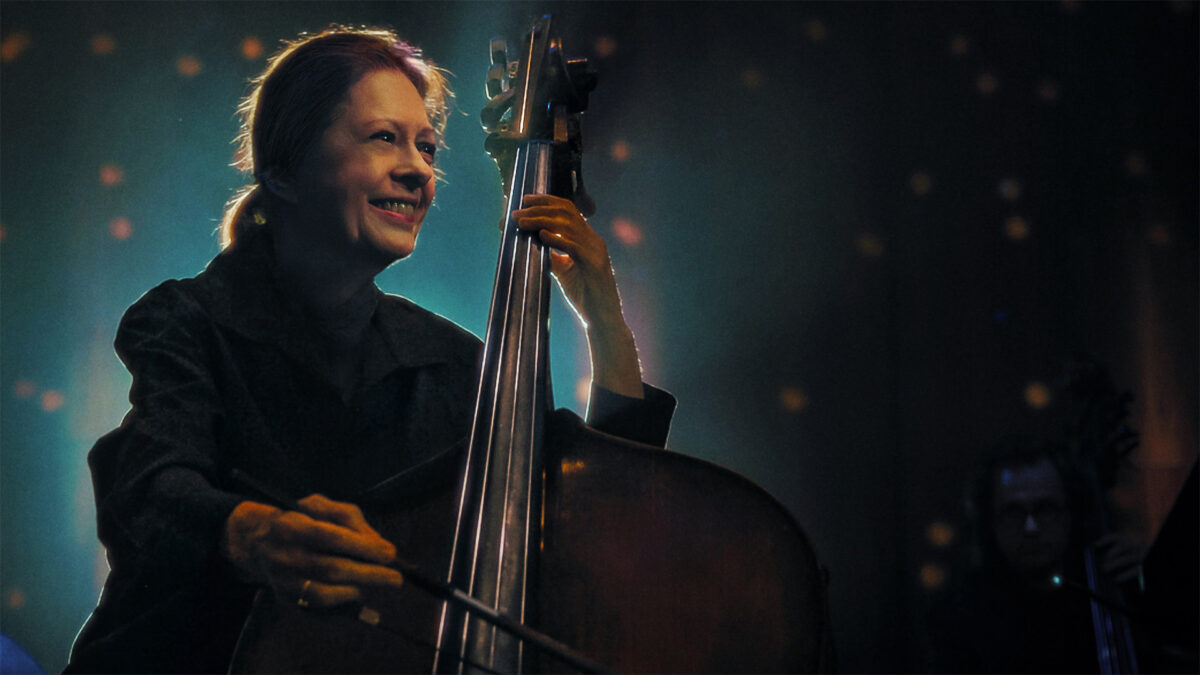
Some people aren’t built for the spotlight. Others actively avoid it. That duality makes Orin O’Brien a uniquely captivating subject. Despite having the talent, charisma, and expertise to rule the world, she embraced a life that allowed her to soldier on as foundational support rather than lead the charge as an attention-seeking star. The child of famous actors (Marguerite Churchill and George O’Brien), it was their inevitably fading careers and resentment that showed there was more to life than needing to be best. Why burn out after 20 years when you can endure for 50?
It’s a lesson Orin tries to teach her niece, The Only Girl in the Orchestra director Molly O’Brien, through unflinching modesty. Every time the latter seeks to give her aunt the flowers she so deserves, Orin flinches with a response that’s less about ignorance to her greatness than a conscious desire to center humbleness as an expression of identity and lesson to others that wealth, power, and celebrity can’t hold a candle to happiness. Would she have been happier as the lead double-bassist in a smaller group or a solo star? Maybe. But one extreme too often also guarantees the other. Sometimes the reward isn’t worth the risk.
What’s more, however, that Orin’s happiness ultimately earned her that success. The first woman member of the New York Philharmonic, her legacy has inspired countless beyond her niece while her craft helped as many musicians become their best selves––some eventually playing beside her on that same stage. Regardless of whether she believes herself deserving of this sweet expression of love and awe, her peers know she has. And now the rest of us do, too. Because the labels “character actor” in film or “role player” in sports are externally generated. To those on the inside, Orin will always be a star.
B
Starting February 14, the 20th annual Oscar® Nominated Short Films releases, presented by SHORTS, will debut in theaters only. To learn more about the participating theaters and how to purchase tickets, please visit www.shorts.tv/theoscarshorts.
